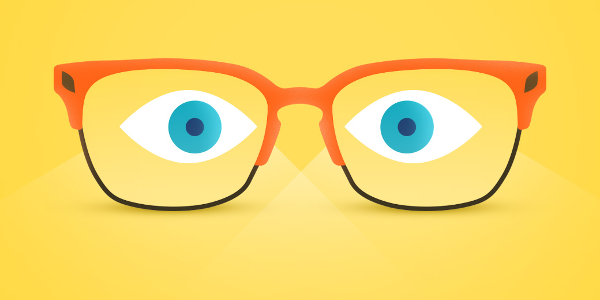Visual learning can be defined as the process of learning using visual aids such as videos, pictures, diagrams, and so on. This mode of learning is slowly gaining traction as a preferred mode of learning especially among the millennials. There are several advantages that are associated with this mode of learning. Equally, there are some disadvantages that come with it.
Pros:
1. Videos are portable so you can bring them in a lot of places: by being portable, it is possible to carry video equipment in a lot of places where visual learning is required.
2. Video Learning is powerful: The combination of sound and visual content helps the viewer understand easier which makes it even easier for the learner to remember the content being taught.
3. Pausing and rewinding allow learning to be flexible: While using things such as video recorders during visual learning, it is much easier for the teacher to rewind what was said so that the student can comfortably understand what was being communicated.
4. Visual learners usually have a great memory: Visual learning creates in students a great memory that helps them remember what they have learned in class. This means they are at a better chance of applying what they learned in class in practical life.
5. Visual learning improves your memory: By virtue of the fact that it makes it easier for you to remember what has been taught, the student will benefit immensely from memory improvement over a period of time.
6. Visual learning stays longer in your memory: visual learning, unlike other forms of learning, has the potential of staying much longer in your memory than any other form of learning. This means you will naturally be able to remember what was taught.
7. Visual learner enjoys the images: Among the tools used in visual learning are images that the learner will mostly find interesting and which also play an important role in developing the learner‘s understanding and memory.
8. Makes it easy to imagine solutions: Visual learning, unlike other forms of learning, is a great way to imagine what is being taught as it empowers the student to visualize what is being taught.
9. There is more pleasure and interest in learning when dealing with visual learning: Visual learning also plays an important role in creating a unique interest in the mind of the child when learning is going on.
10. Visual learning helps see the whole picture when discussing a problem: It makes it possible for the student to see the whole picture as learning is taking place.
Cons:
1. When you are listening to lectures your mind usually tends to wonder: In a visual learning environment, it is very easy for your mind to begin wandering especially when the class is taught through the use of images.
2. They are observant but they miss some of what is said: Students are more likely to miss what is being said during a visual learning environment because of the excitement around visual learning.
3. Visual learners are less organized: Visual learners rely solely on visuals to advance learning which makes them less organized than other learners.
4. Video learning requires equipment: Visual learning requires that people buy equipment for use during the learning which in most cases tends to make it very costly.
5. They usually have to write out directions for themselves: Visual learning requires students to write out the directions for themselves which adds to the workload that they already have.
6. Video learners are not really talkative: Visual learning requires students to be very attentive in class because their success will depend on the alertness they exercise during the class period.
7. Visual learners only get the surface information: There is always the risk of students only getting the surface information of a lecture during visual learning. This denies them details.
8. Visual learners do not get to the details of the information: There is a low chance of the teacher delving deep into the meat of the content during visual learning and this means students will not benefit from deep content.
9. Visual learning requires eyesight and may disadvantage the blind: Those who are visually impaired cannot enjoy visual learning and this means they are not able to benefit from this mode of learning.
10. Visual learning requires great memory: Students who have a problem with their memory may find it challenging to thrive in a visual learning class because it depends entirely on memory.




This list is somewhat general. Is this in a classroom setting or is the list for general, everyday learning in the world? Remember we learn all the time.
The list seems to conflate “visual learners’ with “visual learning”. We are all visual learners (unless we are sight impaired) Gardner’s theory of multiple intelligence has been pretty thoroughly debunked.
There is also the fact that text is a visual medium, so how is this not visual learning? Dividing teaching and instruction into visual, audio, kin-esthetic etc. modes of delivery is very important but this is for content delivery, not learning.
In other words, ‘visual learning’ is a meaningless term, learning happens holistically (even if learners use their eyes a lot to learn). Focus more on visual presentation and combining different mediums of delivery into your teaching/presentation/design.
Fascinating…as a teacher I have always tried to reach students at different levels of intelligence and acquisition). I taught in a foreign country – Germany that had a different learning process but found the greatest learning curve (in language acquisition) was three-fold: dictation (hearing) writing (concrete) and (objective) putting the first two skills on paper.